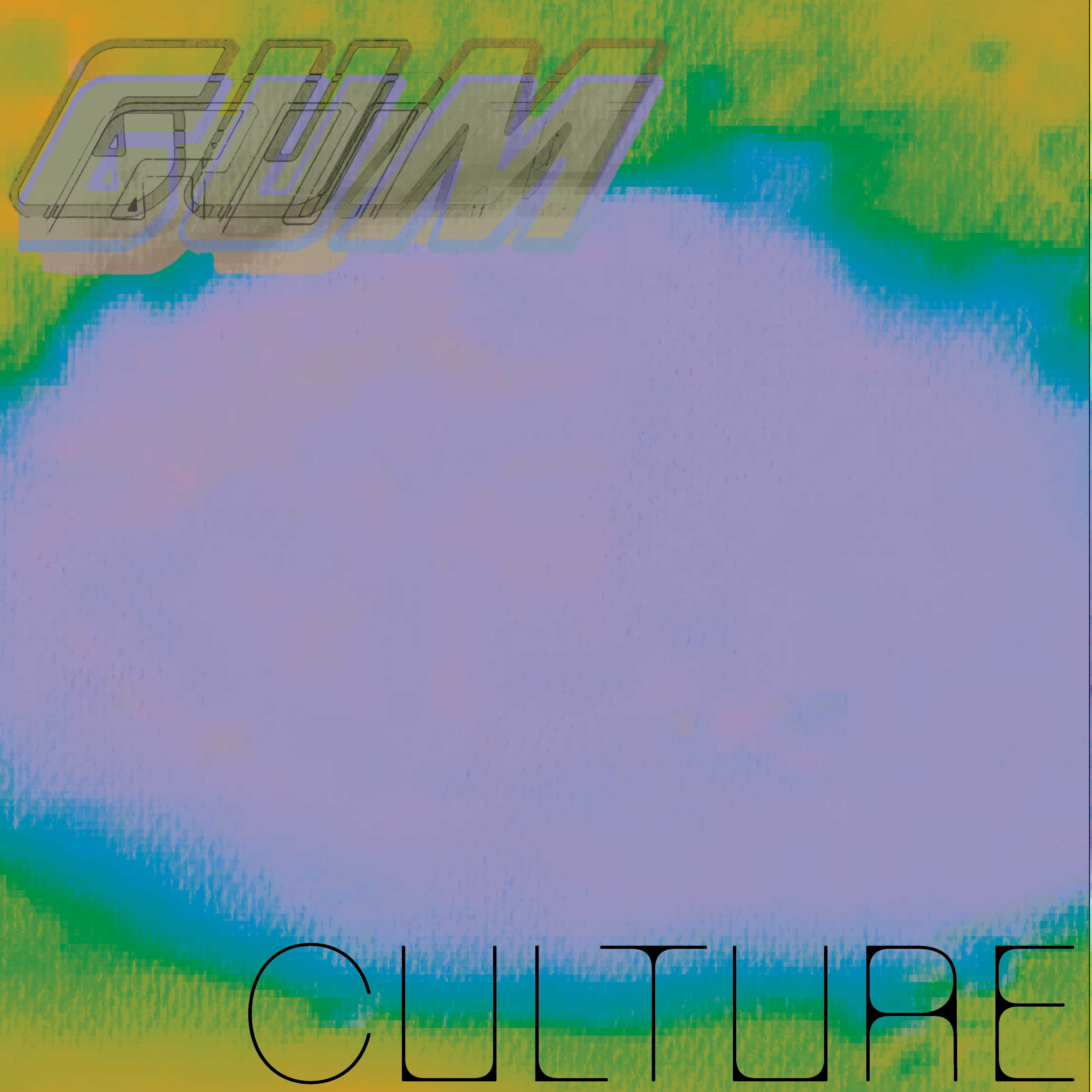Words: Nell Westbrook (She/Her)
When you hear the term ‘graffiti’ it may bring to mind a variety of scenarios: images of youths congregating under motorway bridges, Jorts stickers plastered on every surface around Kelvinbridge, and 4-storey high murals depicting giant colourful people peering down at passers-by. A key part of Glasgow’s physical identity, graffiti’s significance has come to be recognised in mural trails through the city centre, as well as displayed in the ubiquity of newly commissioned pieces across the city, or seen more simply in the number of colourful walls in varying neighbourhoods.
Graffiti is often represented as a historic means of resistance, and ‘sticking it to The Man’ is rarely visualised more poignantly than in a tag across a politician’s election campaign poster or in a dirty symbol camouflaging a government funded sign. However, in Glasgow, where sectarianism remains an obstacle, graffiti can carry offensive tones with recurrent racist, homophobic, and violent messages scarring city walls.
By contrast, many of the tags not associated with commissioned “street-art” are full of talent and bring a colourful character to their area, rather than a sectarian tint. Tags have become increasingly artistic in recent years, and artists with few other outlets are able to build a name for themselves through graffiti.
Again, graffiti wears many faces; simultaneously encouraged and frowned upon, the line between graffiti as street art and graffiti as vandalism is blurred. But is this discursive division between what is considered a mural or merely defacement just a classist view of the same activity occurring in a poorer area? Or is the presence of graffiti damaging the appearance of communities and spreading messages of violence and deprecatory views?
A Glasgow Council policy set out in October 2023 introduced the trialling of legal graffiti walls in Glasgow, setting aside two council owned properties to be used during the six-month trial period. The policy aims to provide an outlet for street artists to channel the level of graffiti around the city into a particular space, enabling the council to target the removal of offensive and explicit graffiti elsewhere. This emphasis on graffiti removal elsewhere points to the underlying priority of the project: the eradication of non-“street-art” standard graffiti, rather than the creation of a safe space to create art. Upon first thought, this project seems positive, creating a space for people to explore their art in a safe and anxiety-reduced setting.
However, it needs to come hand-in-hand with changing the conversation concerning artists who create under the cover of night, and those whose styles do not fit into the shiny government-approved category. The removal of graffiti is constant and a highly funded project in Glasgow, but art is subjective; what one would choose for a commission piece, the next would choose to be scrubbed off, a division which seems to have moral implications. Graffiti which is considered violent or offensive is often simply separate to conventional art’s expectations, references current affairs, or has undertones of political commentary. Art should not remain neutral, and a project encouraging street artists to create in a specific geographic area needs to ensure that it includes art which is representative of all, not just work that will look great in a Glasgow guide-book.
A policy condescending on its own, it has the potential to become useful if paired with a lessening of the criminalisation of graffiti beyond the policy’s walls. If this policy follows no change to our approach to graffiti which doesn’t fall into the street-art-on-the-mural-trail category, it seems it is nothing beyond a co-option of a traditionally anti-authority defiance. Or worse, nothing beyond a sweeping empty statement with limited positive ramifications on the community it desperately claims it is set out to fix.

